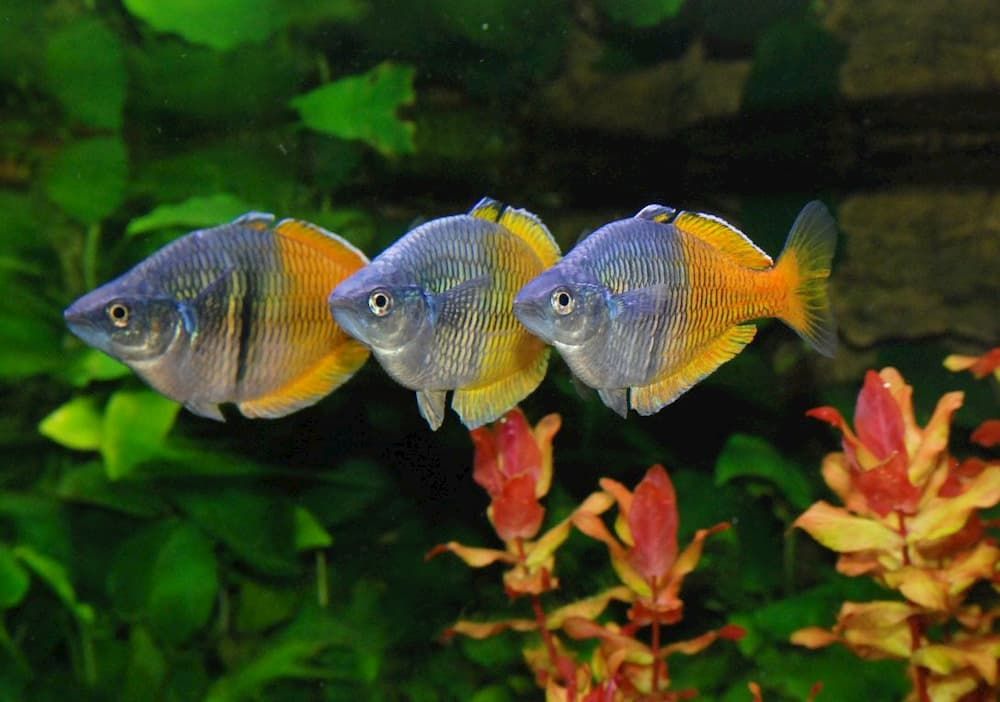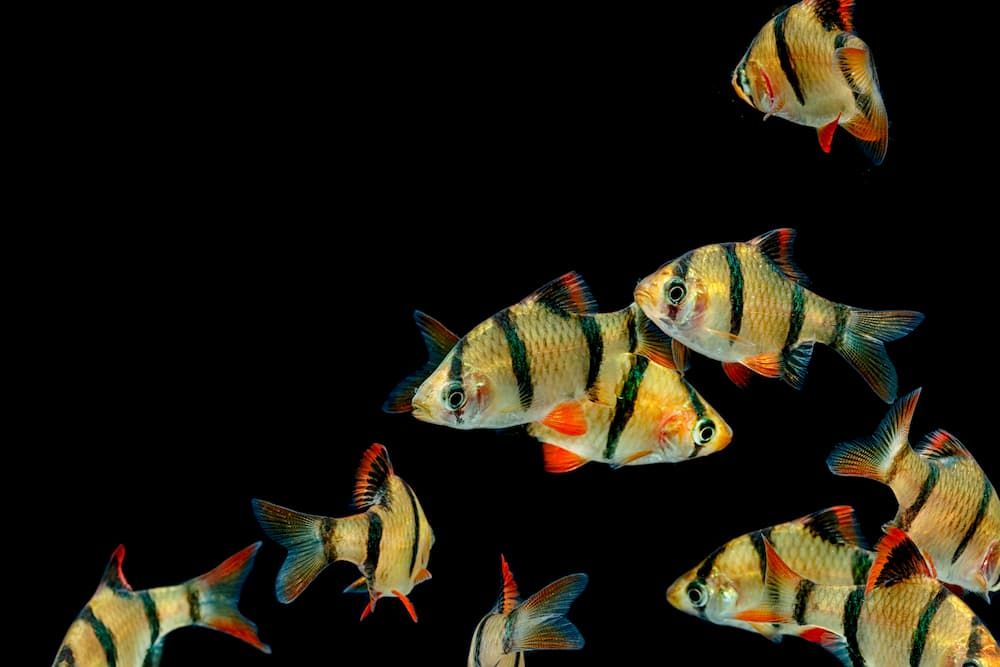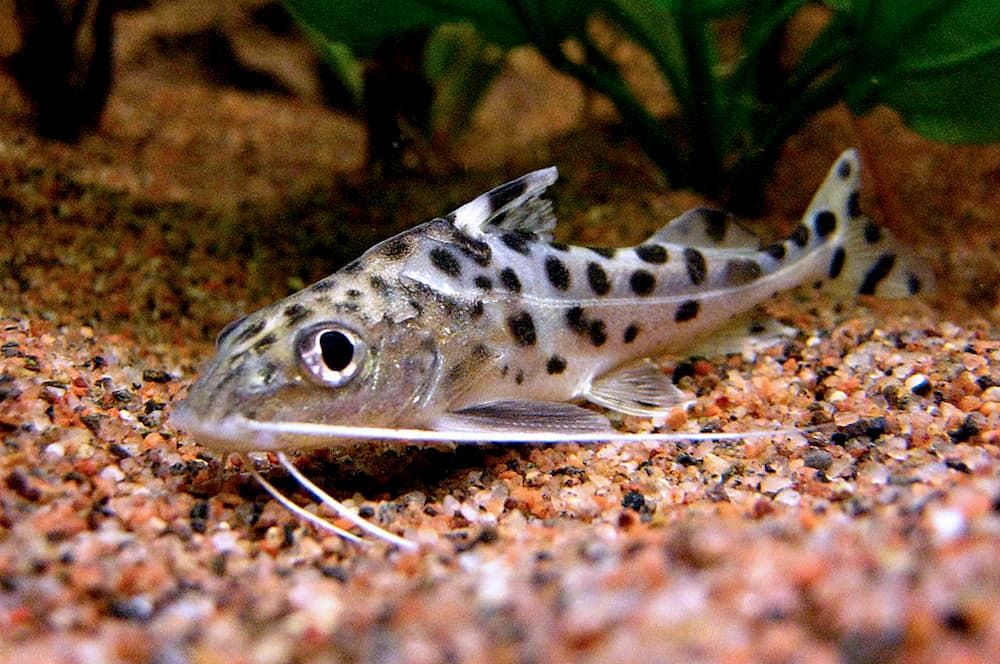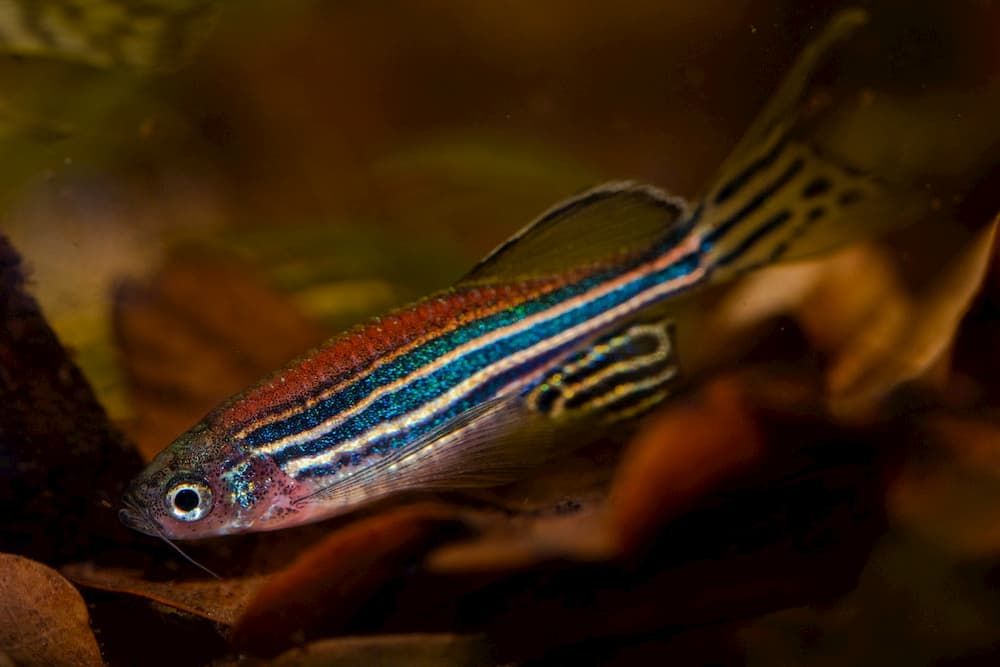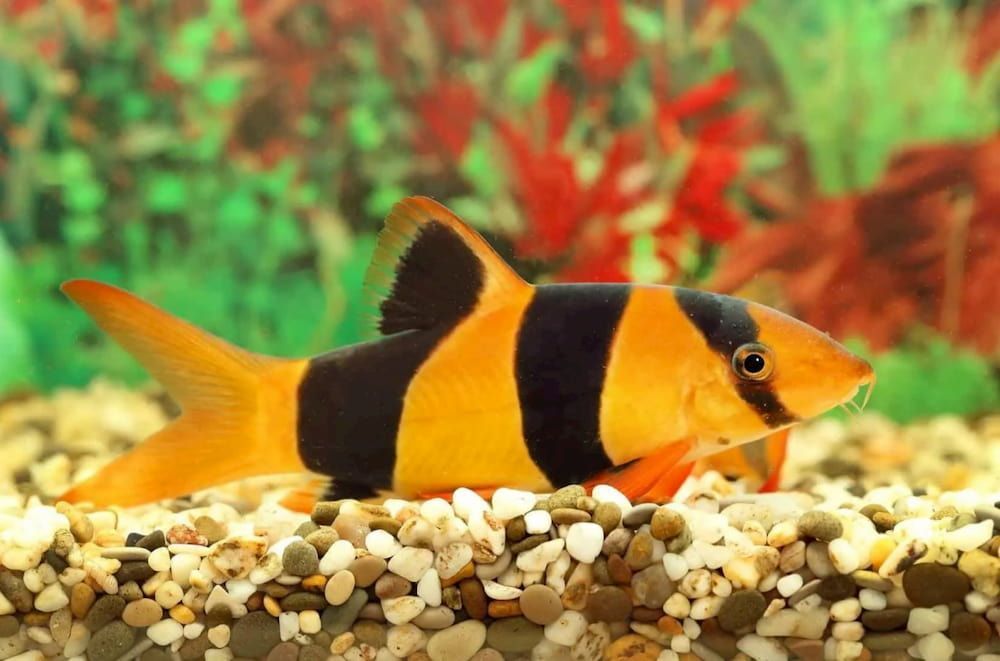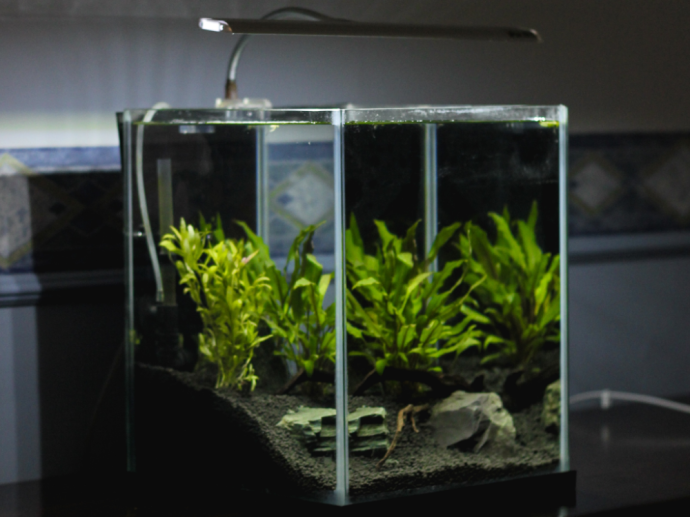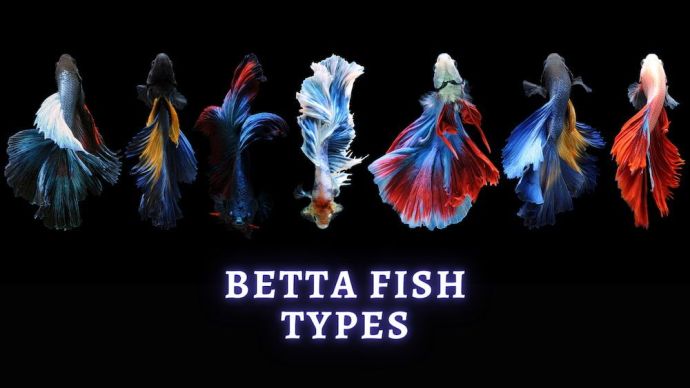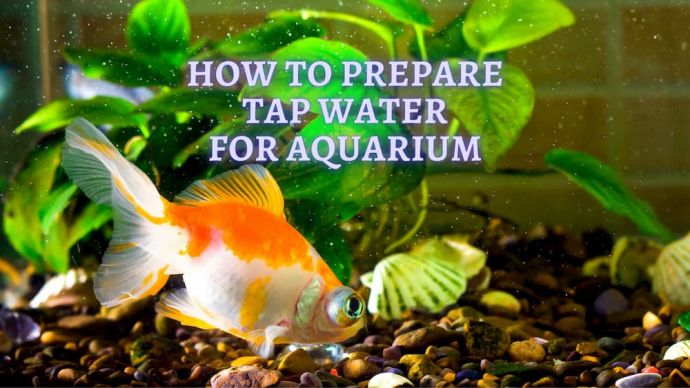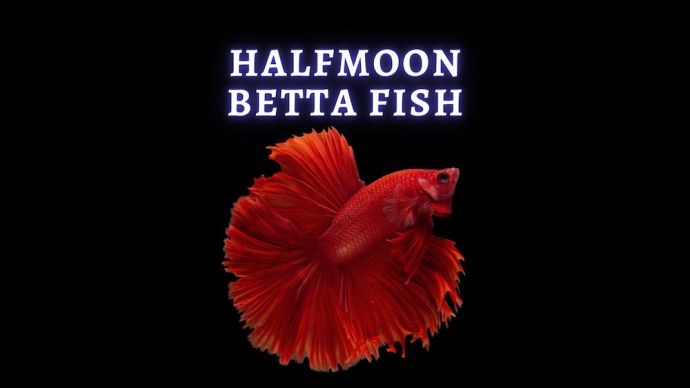Tropical Community Fish Tank Guide
Written by:
Author: Casey Fenn
Casey Fenn has 3+ years of experience in writing content. He lives in western North Carolina with his wife, four children, and an assortment of farm animals — including a dog, twenty chickens, a handful of quail, and one milk cow. Casey specializes to write articles in Dog Care, Cat Care, and Tips for Aquarium Owners.
View all 10 articlesLearn about our editorial process and veterinary review board.
Viewed: 909
Updated on: 03/13/2023
Aquariums are more than just expensive pieces of furniture. Sure, they’ll add atmosphere to your living or dining room. But they can also do so much more.
Studies have shown that they have a calming effect, actually lowering blood pressure and relieving tension and stress. They can help you relax and feel an unexplainable sense of calm. And if you have kids, an aquarium is a great way to teach them about responsibility and how to care for another living thing. They’re the perfect first pet.
But aquariums aren’t just great pets for kids. Fish are ideal for anyone who doesn’t have time to offer the kind of attention a dog needs. They also won’t escape their aquarium and leave a mess around your home. And even if you have a small, one-bedroom apartment, you’ll always have room for an aquarium.
But if you’re thinking about starting an aquarium in your home or business, you may be wondering what options you have. Should you only buy one kind of fish? Will two different species get along? And what about the differences between freshwater and saltwater tanks?
While any aquarium will give you the benefits we’ve already considered, a tropical community aquarium will go above and beyond by also offering one of the most colorful, interesting assortments of fish you’ll ever find.
So, what is a tropical community aquarium? And what kind of fish should you look for to fill it out? Read on to find out…
What is a Tropical Community Aquarium?
A community aquarium is a tank that’s been designed to house a variety of different kinds of fish rather than a single species. By carefully setting up your tank and choosing the fish that will fill it, you’ll be able to create an ecosystem that would never occur in the wild, turning fish from various parts of the world into next-door neighbors.
A tropical community aquarium, like any other community aquarium, brings together a diverse assortment of fish species but it focuses on those species that enjoy warmer water, usually somewhere between 74°F to 80°F. These fish tend to be more colorful and eye-catching than other kinds of fish.
It’s important to note that tropical fish come in both freshwater and saltwater varieties. So, tropical community aquariums can be designed for either kind as well. This is important to remember because once you’ve chosen an environment, you won’t introduce fish from a different ecosystem.
Most tropical community aquariums are freshwater. This is because fresh water is much easier to use than saltwater. With a freshwater tank, you’ll be able to use your kitchen tap or any other source of water. If, on the other hand, you build a saltwater (or marine) aquarium, you’ll need to use sea salt additives to create a livable habitat for your fish and other marine wildlife.
As you prepare to put your tropical community aquarium together, keep these things in mind. Your decision to go with a freshwater or saltwater tank will determine the kinds of fish you can include, the amount of money you’ll need to invest (and continue to spend), and how much time you’ll have to spend on maintenance.
What do you need for a Community Tank?
Building a community tank involves more than finding an old aquarium on Craigslist, filling it with water, and dropping a few fish in it. That’s a recipe for disaster (and a tankful of floating fish).
To get the most out of your community aquarium, you’ll need to carefully plan your tank out and purchase the necessary equipment. Here’s a simple checklist of items you’ll definitely want for your new aquarium…
1. Water Conditioner or Sea Salt Mix
Whether you go for a freshwater or saltwater tank, you’re going to need something to prepare the water for your fish. Water conditioner will ensure your freshwater tank only has the kind of bacteria your fish need to thrive. Sea salt mix will transform your tap water into the perfect marine environment.
2. Filter
You’ll need a filter for your aquarium no matter which kind of tank you choose. Just make sure you get one that can handle your tank’s size and is built for the kind of water you’ll be using.
3. Heater
Since tropical fish love warm water, you’ll definitely need a heater for your aquarium – whether you go freshwater or marine.
4. Air Pump
An air pump is an important piece of equipment that keeps your water oxygenated so your fish can breathe easy.
5. Lighting
With the right lighting, you can transform your tank from boring to amazing. And since there’s no shortage of lighting options, you should be able to find exactly what you need – no matter what kind of tank or what kind of fish you have.
6. Live Rock (especially for marine tanks)
Live rock is an important part of any marine tank, offering your fish a place to call home. So, don’t forget to pick some up if you go the saltwater route.
And don’t forget your tank! If you’re going to make the most of your tropical community tank, you’ll need to get one that’s small enough to fit the space you’re setting it up but big enough to house as many fish as you want. You don’t want your fish to become crowded. So, it’s better to go too big than too small.
READ MORE: Best Freshwater Aquarium Plants
What is the best Tropical Community Fish?
When purchasing fish for your tropical community tank, you need to keep a number of different things in mind, including:
- The age of your fish. Older fish who have grown up alone tend to have a difficult time reacclimating to a community tank. So, it’s best if you can start with a group of younger fish.
- The size of your fish. It’s not a great idea to put fish together that are dramatically different in size. A good rule of thumb is that if one fish could fit in another’s mouth – it will. So, keep small fish in a separate tank from fish that are big enough to eat them.
- The gender of your fish. Male fish are generally more aggressive, especially with fish of the same species. As a result, it’s best to keep the ratio of genders leaning toward female fish.
So, with that in mind, you may want to consider the following mixture of fish for your freshwater tropical community tank:
Gouramis
These are freshwater fish that are native to southern Asia. They come in a wide variety of colors and sizes and tend to stay toward the top of your tank since they breathe atmospheric oxygen. While males can be aggressive at times, you should be able to keep female Gouramis in a community tank without any problem. Varieties to consider include Blue, Gold, Moonlight, Kissing, Sunset Thicklip, and Pearl.
Rainbowfish
Rainbowfish are peace-loving fish that tend to get along well with other species. As their name implies, when the light hits their scales, they shimmer and shine with all the rainbow colors. Most varieties of Rainbowfish should live at peace in your community tank.
Barbs
These are highly active, robust fish that come in a wide range of colors and tend to be a couple of inches long. You’ll want to get at least 4 or 5 if you choose to go with barbs since they live in schools. But they’ll also happily live with other fish in a community tank. Varieties to consider include Rosy, Black Ruby Clown, Gold, Filament, and Tinfoil.
Catfish
Catfish species a highly varied, including small fish that will get along with anyone and much larger species that will eat anything (or anyone) insight. Since catfish are bottom feeders, they make a great addition to a community tank that has a lot of fish that prefer the upper and middle portions of the tank. Varieties to consider include Corydoras, small Plecostomus, and Synodontis.
Cichlids
Cichlids come in dozens of varieties, from the small 2.5cm long N. multifasciatus to the 3ft long emperor cichlid. There is a diverse assortment of cichlids appropriate for tropical community tanks, spanning sizes, colors, and shapes. Varieties to consider include Keyhole, Blood Parrot, and Jurupari.
Danios
Danios are energetic schooling fish that tend to be 3-4 inches long and have shimmering scales. Since they live in schools, be sure to get several of them for your tropical community tank. Varieties to consider include the Great Danio.
Loach
Loaches, like Catfish, are bottom feeders. They’re also one of the most diverse kinds of fish with over 1,000 known species. They’re a great addition to any tropical community aquarium that needs more fish near the tank’s bottom. Varieties to consider include Clown Loach, Kuhli Loach, and Weather Loach.
Livebearers
Unlike most fish, livebearers keep their eggs inside their body until they’re ready to give birth. This means that their newborns tend to be larger and more likely to survive. They also make great additions to a tropical community aquarium since they tend to be peaceful. Varieties to consider include Swordtails and Large Sailfin Mollies.
In addition to these species, you may also want to consider…
- Red Rainbow Sharks
- Black Tetras
- Blind Cave Fish
- Algae Eaters
- Fire Eels
READ MORE: Best Freshwater Aquarium Fish Combination
When putting together your tropical community tank, the options and varieties are nearly limitless. And once you’ve got your fish filling it, you’ll have an interesting, one-of-a-kind ecosystem that you can watch and enjoy.
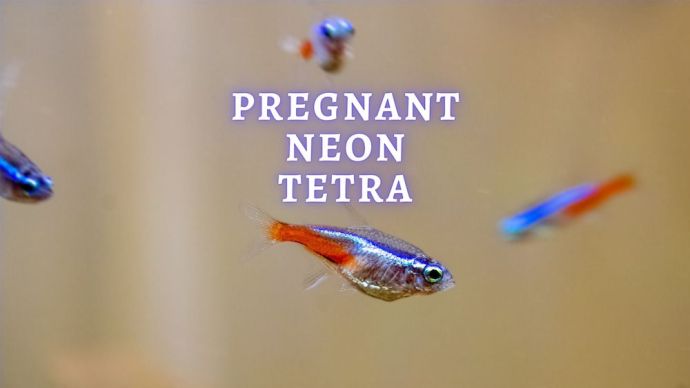 Freshwater Fish Pregnant Neon Tetra: Everything You Need to Know About Neon Tetra Breeding
Freshwater Fish Pregnant Neon Tetra: Everything You Need to Know About Neon Tetra Breeding - 637
- 0
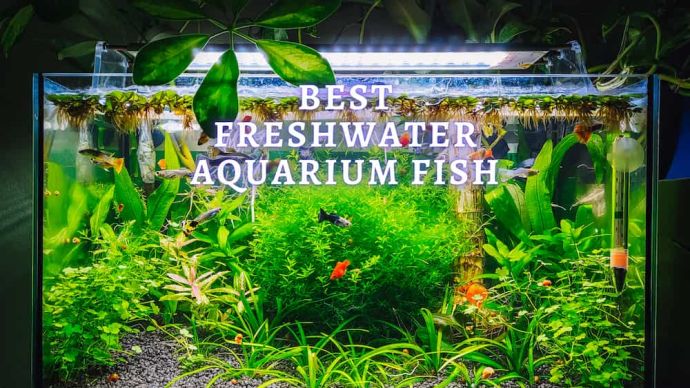 Freshwater Fish The Best Freshwater Aquarium Fish: TOP-15 Freshwater Fish for Fish Tanks
Freshwater Fish The Best Freshwater Aquarium Fish: TOP-15 Freshwater Fish for Fish Tanks - 126
- 0
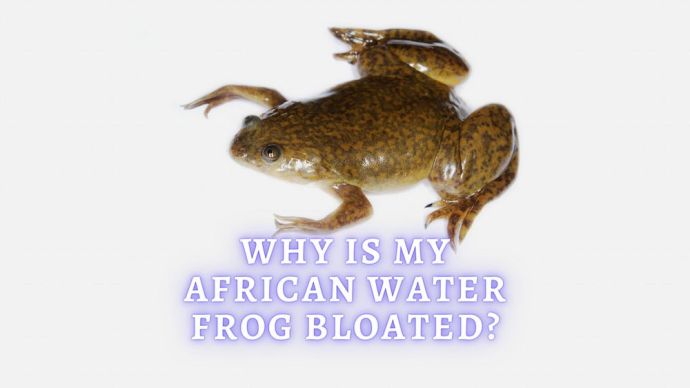 Freshwater Fish African Clawed Frog Bloat: Why Is My African Clawed Frog Bloated?
Freshwater Fish African Clawed Frog Bloat: Why Is My African Clawed Frog Bloated? - 62
- 0
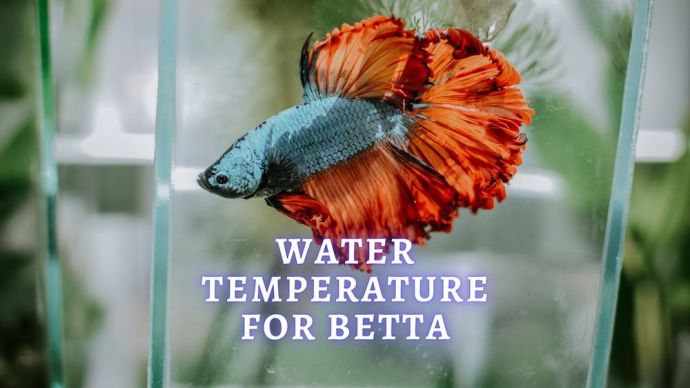 Freshwater Fish Betta Fish Temperatures: Guide To The Perfect Betta Fish Water Temperature
Freshwater Fish Betta Fish Temperatures: Guide To The Perfect Betta Fish Water Temperature - 126
- 0












